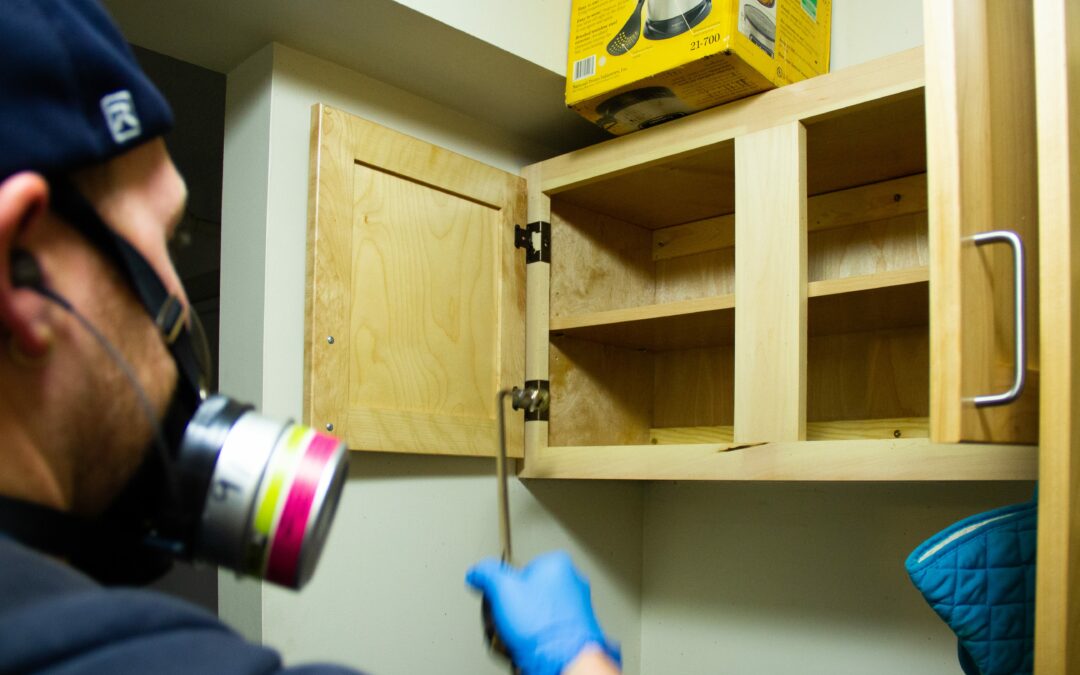Pantry pests, also known as pests of stored food products, include numerous beetle and moth species that infest and contaminate packaged foods stored within warehouses, grocery stores and homes. The pantry pest species most commonly encountered within American homes include Indian meal moths, drugstore beetles, and a few flour beetle species. According to a recent nationwide survey of pest control professionals, granary weevils were the seventh most commonly managed species of pantry pest within homes. While all pantry pest species are able to reproduce within homes where they can remain indefinitely, granary weevils have evolved to live and feed solely on packaged food items, mainly grains.
Granary weevils are native to the Mediterranean region of Europe, and today they can be found throughout the US, but infestations are most common in the northern half of the country. Long ago, granary weevils were agricultural pests that fed on grain, but over time, these insects evolved to live solely on stored grain indoors. Today, granary weevils are never found in the wild, and they have even evolved to shed their wings, which are no longer necessary given their current habitat. Because of this, granary weevils disperse into new areas by means of food transport only, this makes granary weevils one of the many pantry pest species that arrive in homes via packaged grain items, particularly cereals.
Adult granary weevils are brown to black and between 4 and 9 mm in length, while legless and pale-colored larvae (grubs) are more compact and less “wormlike” than most other grub species. Females bore holes into grain kernels in order to inject an egg, which hatches within a few days. After hatching, larvae feed within the interior of grains. Under proper conditions, females can lay more than 200 eggs. Females can lay eggs at temperatures as low as 60 degrees, and they can survive in 35 degree conditions.
Have you ever purchased food that had been infested with weevils?

